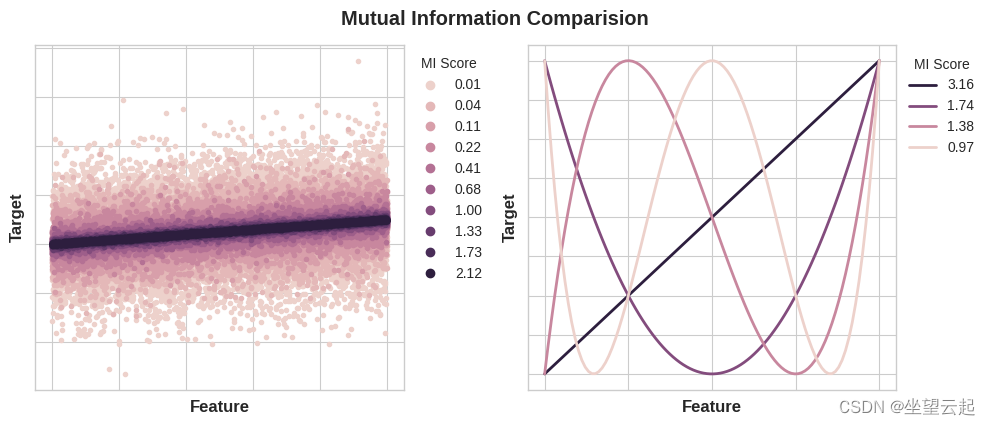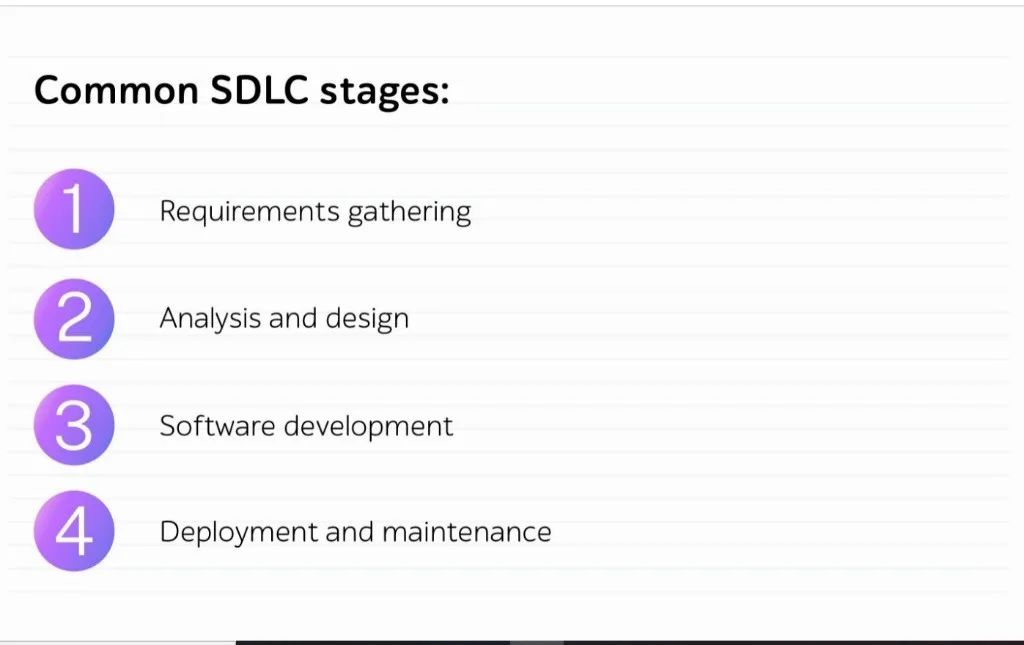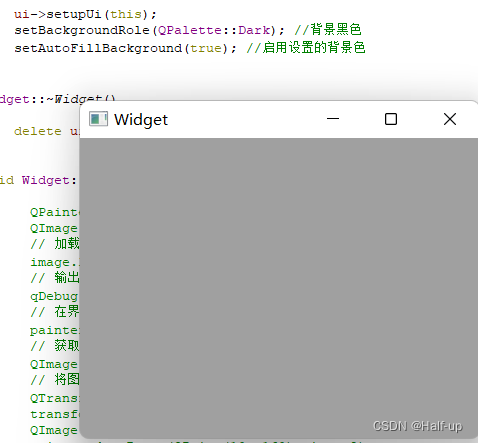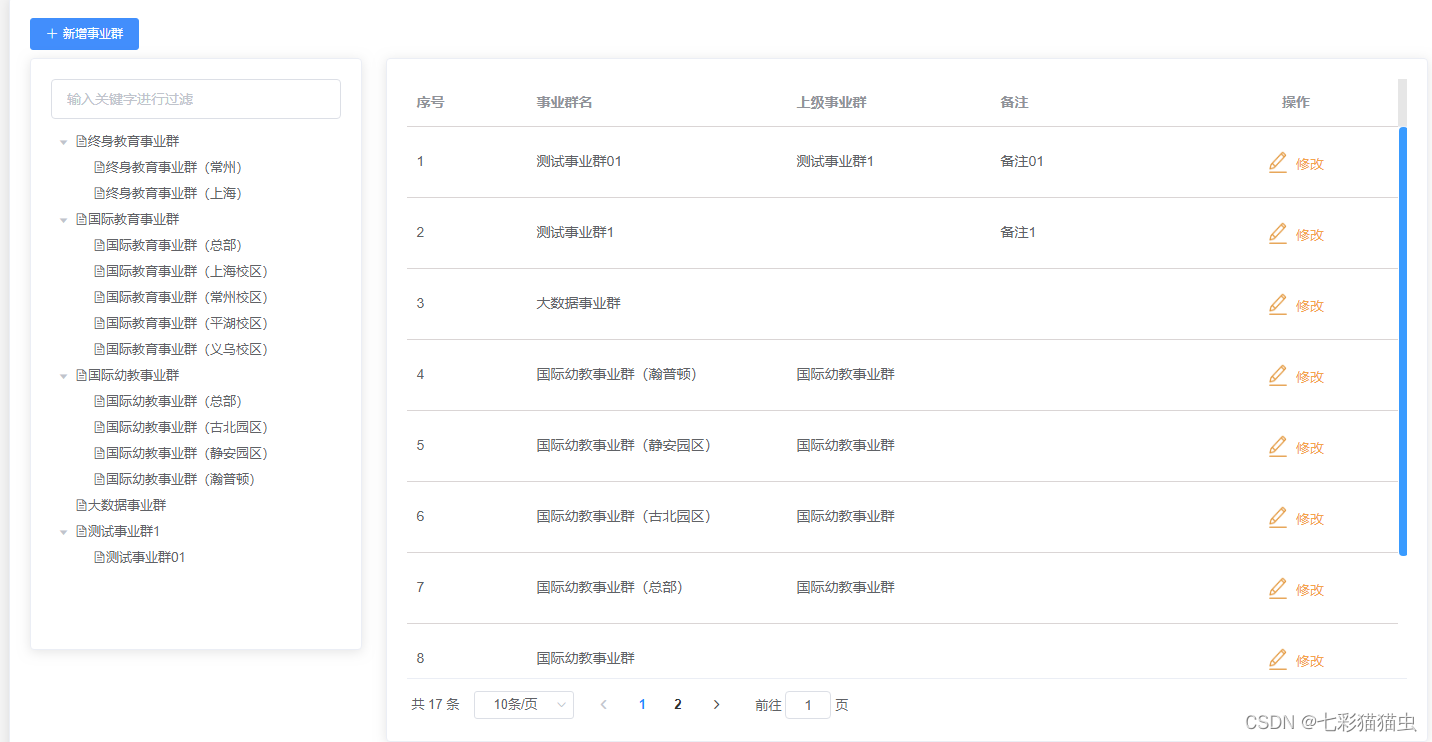当前位置:网站首页>Embedded development: skills and tricks -- seven skills to improve the quality of embedded software code
Embedded development: skills and tricks -- seven skills to improve the quality of embedded software code
2022-07-04 22:19:00 【Guangdong embedded Education】
For developers , Nothing is worse than trying to maintain and update code of such poor quality . For many development teams , Software code quality is not required . To improve code quality , Here are a few tips that embedded developers can follow , And integrate it into your own process , This will help improve their code quality .
skill 1—— Follow coding standards
Developers interested in improving code quality should start by examining industry standards . Developers can use many industry standards to improve the way they write code , Include :
l MISRA-C
l Cert-C
l IEC 12207
l IEC 62304
These standards establish a framework for developing high-quality software . Anyone who wants to improve software quality should review what has been done , And start implementing industry recommendations .
skill 2—— Analyze and maintain software complexity
It has been proved many times , Minimizing software complexity also minimizes error rates . The more complex the software is , The greater the change , Not only will there be software bug, And the maintenance of the system will also increase bug. Developers should monitor their function complexity by using cyclomatic complexity .
skill 3—— Conduct regular code reviews
Code review has proved to be the most effective way to reduce software errors . Integrating peer reviews into the development cycle is crucial to ensure that software quality remains at a high level . In order to have an effective code review process , Embedded developers should follow several key factors :
Limit code reviews to 60 Within a
Don't comment more than 400 individual LOC
Schedule a code review at least once a week ( If you generate more than per week 400 individual LOC, More )
skill 4—— Requirements must be traceable
If a requirement cannot be tested and verified in some way , It's better to be automated , Then it is not a real demand . Even before the development starts , Requirements should be broken down into traceable test cases , These use cases can be used later to verify that all requirements have been met . Of course , Needs change , Will use different design methods , But there needs to be a way to track software features and functions , Trace back to the requirements that produced them , And prove that they work as expected .

skill 5—— Compile without errors and warnings
Many teams and developers who ignore compiler warnings , Sometimes there are only oneortwo warnings that developers need to dig deep , Or trivial , So they were ignored , Just hang there . If the compiler does not trust the code and gives a warning , Then developers should treat it as a compiler error and resolve the warning . Warnings are the way the compiler says it doesn't like something . honestly ,C Compilers like everything , So if it has problems with something , So as embedded developers, we should do the same . Code quality means no errors and warnings .
skill 6– Static analysis
Static code analyzer is one of the fastest ways to find potential problems in embedded software . Static code analyzer can find syntax problems 、 Potential glitches , And identify the non portable structure in the code , The static analyzer can even check whether the coding standard is followed , Integrating static analyzers into a continuous build process is a good way to improve code quality and minimize software errors .
skill 7—— All code must be thoroughly tested
Many small and medium-sized enterprises release products without completely testing the software . These companies tend to carry out high-level spot checks , To see if the system works as they expect , Then send them to the wild . When most readers learn that the products of these companies encounter problems in this field , May not be surprised . As an embedded developer , We can't think that our code is working properly just because we don't see the improper behavior of the system . Our code needs to be fully tested ! Comprehensive testing means :
l High level test cases have been verified
l Unit tests have been performed
l Integration tests have been performed
l Code coverage testing has been completed , To verify that each line of code is executed during the test
l System tracking analysis , To verify the time 、 Performance and system behavior are correct , It's not just right for users .
If a line of code is not executed during the test , There is no way to know whether this line of code contains errors that will occur when users use the system one day .
Conclusion
Improving code quality is not necessarily a major 、 Expensive tasks . These suggestions are easy to implement , It can even be completed in a few weeks or months . The end result will be higher quality software , Provide a better user experience , At the same time, reduce the cost of embedded development .
边栏推荐
- What is the stock account opening process? Is it safe to use flush mobile stock trading software?
- sqlserver对数据进行加密、解密
- Service online governance
- 关系型数据库
- VIM from dislike to dependence (23) -- the last gossip
- Interview question 01.01 Determine whether the character is unique
- 面试题 01.08. 零矩阵
- 好用app推荐:扫描二维码、扫描条形码并查看历史
- 删库不必跑路!详解 MySQL 数据恢复
- TCP协议三次握手过程
猜你喜欢

能源势动:电力行业的碳中和该如何实现?

Machine learning notes mutual information

How to transfer to software testing, one of the high paying jobs in the Internet? (software testing learning roadmap attached)

Concurrent network modular reading notes transfer

将QA引入软件开发生命周期是工程师要遵循的最佳实践

什么是商业智能(BI),就看这篇文章足够了

QT - plot other problems

Huawei Nova 10 series released Huawei application market to build a solid application security firewall

el-tree结合el-table,树形添加修改操作

A large number of virtual anchors in station B were collectively forced to refund: revenue evaporated, but they still owe station B; Jobs was posthumously awarded the U.S. presidential medal of freedo
随机推荐
bizchart+slider实现分组柱状图
What is business intelligence (BI), just look at this article is enough
Energy momentum: how to achieve carbon neutralization in the power industry?
Concurrent optimization summary
Sqlserver encrypts and decrypts data
抖音实战~评论数量同步更新
力扣2_1480. 一维数组的动态和
Tiktok actual combat ~ the number of comments is updated synchronously
面试必备 LeetCode 链表算法题汇总,全程干货!
PostgreSQL基本结构——表
HDU - 2859 Phalanx(DP)
2022-07-04:以下go语言代码输出什么?A:true;B:false;C:编译错误。 package main import “fmt“ func main() { fmt.Pri
什么是商业智能(BI),就看这篇文章足够了
KDD2022 | 什么特征进行交互才是有效的?
短视频系统源码,点击屏幕空白处键盘不自动收起
30余家机构联合发起数字藏品行业倡议,未来会如何前进?
国产数据库乱象
并发优化总结
Implementation rules for archiving assessment materials of robot related courses 2022 version
机器人相关课程考核材料归档实施细则2022版本